The Little Journal of Northeast India is a young magazine, just six issues in, but it is much more than just another magazine. Centring the art of storytelling, through literature and art, The Little Journal brings you a little closer to northeastern India, its culture, and its people.
Today, FII is in the conversation with Prarthana Banikya, The Little Journal’s founder. Prarthana tells us about how stories can create a space that’s more inclusive, connected, and cohesive. She also sheds light on how the magazine seeks to address the pervasive ethnic racism against people from Northeast India.
Literature and art can bring people together in an increasingly polarized world, and Prarthana is here to tell us how.
FII: Let’s start at the beginning, what inspired you to start The Little Journal?
Prarthana: My grandfather used to manage one of the longest-running Assamese magazines, Namnai (the nameless), and I’d grown up watching him work relentlessly with the printing press, coordinating with poets and writers, meeting sponsors, editing articles, and singlehandedly running a magazine for 50 years.
For a very long time, I’ve wanted to start a magazine that focuses on art and literature, but I wasn’t able to determine what the magazine should be about. There are already so many splendid magazines out there and I didn’t want to start one unless it brought something new to the readers.
Then one day while browsing online, I came across Brooklyn Public Library’s Our Streets Our Stories project and I was in awe by all the stories bound together by a common thread – the place. We read news articles about places or we meet people from a certain region, and we get to learn a little more about a village, town, or city, but we rarely have a literature or art-based platform centred around a place and that’s especially so for northeast India. Northeast India has more often than not been underrepresented.
FII: When did you start the magazine and how many editions are published every year?
Prarthana: We published our first issue in the summer of 2019. So far, we’ve published six issues. Each year, we publish four issues – the Spring, Summer, Autumn, and Winter issues.

The magazine’s latest Winter 2020 issue
FII: The magazine is called The Little Journal of Northeast India – what’s the story behind the name?
Prarthana: The idea behind the journal’s title is inspired by the popular idiom – good things come in small packages. We are a very small, not-for-profit magazine, but even though we are small in size, we aim to publish the very best of art and literature from the region.
FII: Tell us about your team: who were the founding members and what does the team look like now?
Prarthana: Our founding members are Juti, Anshuman, Shivani, Shiron, Parinitha, and me. We are an assortment of artists, editors, programmers, readers, and writers. I’ve known most of the founding members for over a decade and they are people who are good at their craft, passionate about art and literature, and truly believe in the magazine’s vision.

The Little Journal team
FII: What type of work do you publish and do you have plans to diversify in your upcoming editions?
Prarthana: We believe that there are thousands of stories that occur through oral folklore – stories passed on through generations, stories shared over dinner, stories that are integral parts of families and communities. We look for these kinds of stories – expressed through poems, art, fiction, etcetera – that say a little more about a place, its history, culture, ethos, and people.
Each issue of the magazine includes a mix of flash fiction, personal essays, art essays, photographs, illustrations, and poems. When we select a piece for publishing, we look for three primary things. One, if it is based on or inspired by northeast India – it has to be connected to the region in some way. Two, if the piece is unique enough that it lingers in our minds. Third, if it tells a compelling story. This year, we plan to start another section that will feature interviews of writers, artists, and photographers from northeast India.
FII: You have published a ton of work – essays, stories, poems, photo essays, art. Across categories, what has been the one piece that has stayed with you?
Prarthana: It’s difficult to choose just one. In fact, if you speak to the editorial team, you’ll find that each one of us will mention a distinctive list of published pieces that’s close to our heart. I would not like to pick favourites here because I don’t think that would be fair. But I’ll tell you this: there have been many pieces that have reassured me of my belief in this magazine.

Prarthana Banikya
FII: The magazine seeks to address the pervasive racism against northeasterners. How does it do so?
Prarthana: At The Little Journal, we strongly believe in the power of stories. Even though our primary aim isn’t to tackle ethnic racism, we believe that stories can change the way we see the world and often, our ways of thinking, our biases, and prejudices. In our issues so far, we have published pieces like ‘Ima Keithel’ and ‘I am Dehal’ that provide a glimpse into worlds far away from our own, ‘Sweet Falls’ and ‘A Feather with Love’ which celebrate life and universal bonds, and ‘Call me Corona’ that is based on the rising incidents of ethnic racism during the COVID-19 pandemic.
As Fred Hamilton had rightly said, ‘We don’t fight racism with racism. We fight racism with solidarity.’
FII: You are a not-for-profit magazine, that must pose some unique challenges. How do you address those and how do you sustain?
Prarthana: From the very onset, we had decided that we would be an online platform and because of that, our costs have been minimized significantly. The remaining costs are absorbed internally. The Little Journal is a labour of love and what we do, we don’t consider it as ‘work’. Our editorial team works full-time jobs during the week and during the weekends, spends time putting together the next issue by corresponding with contributors, shortlisting pieces, editing submissions, writing content, designing the layout, and consequently, publishing the issue.
FII: You’re six issues in, what impact has the magazine had so far? And have you accomplished the goals you set out with when you first started the magazine?
Prarthana: We’ve published six issues so far and we are currently working on our seventh issue. When we started out, hardly anyone knew about us. But with every issue, we’ve grown and have been able to reach a wider audience. Over the course of a year, we’ve received submissions from numerous states across India, as well as more tucked away places like Barpeta, Jowai, Diphu, Haflong, and Bordumsa. What’s more, we have also received submissions from faraway places like Canada, Nigeria, England, U.S.A, and the Philippines. The response we’ve received is far better than what we’d hoped for.
FII: What does the future look like in terms of goal-setting and impact?
Prarthana: An ongoing goal would be to establish The Little Journal of Northeast India as the place for rare, intriguing pieces of art and literature based on or inspired by the region. We also believe that stories transcend barriers created by borders, religion, culture, and class. In a country that’s increasingly becoming polarized, we hope that the stories we publish bring people closer together and create a world that’s more inclusive, connected, and cohesive.
Also read: In Conversation With Xukia: A Queer Collective in Assam
FII thanks Prarthana for her time. You can follow The Little Journal of Northeast India here.
About the author(s)
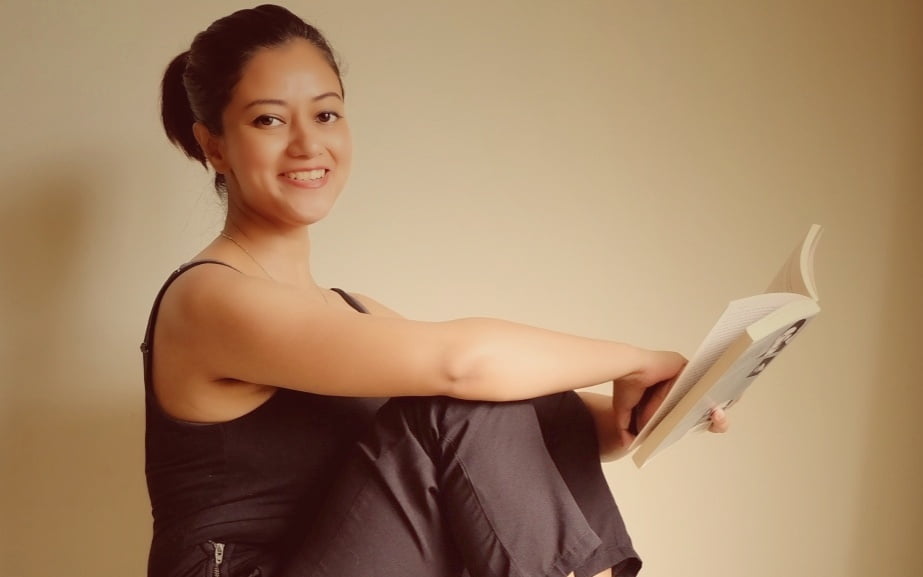

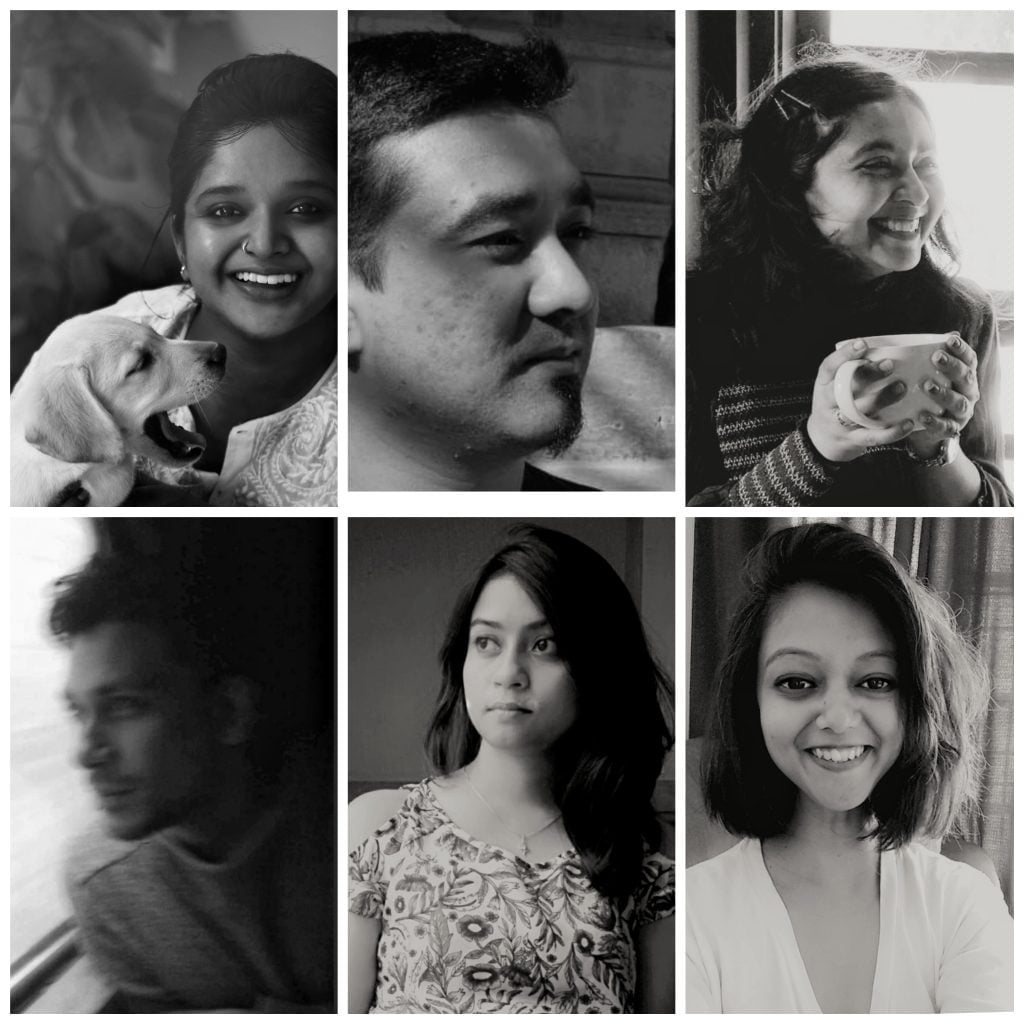
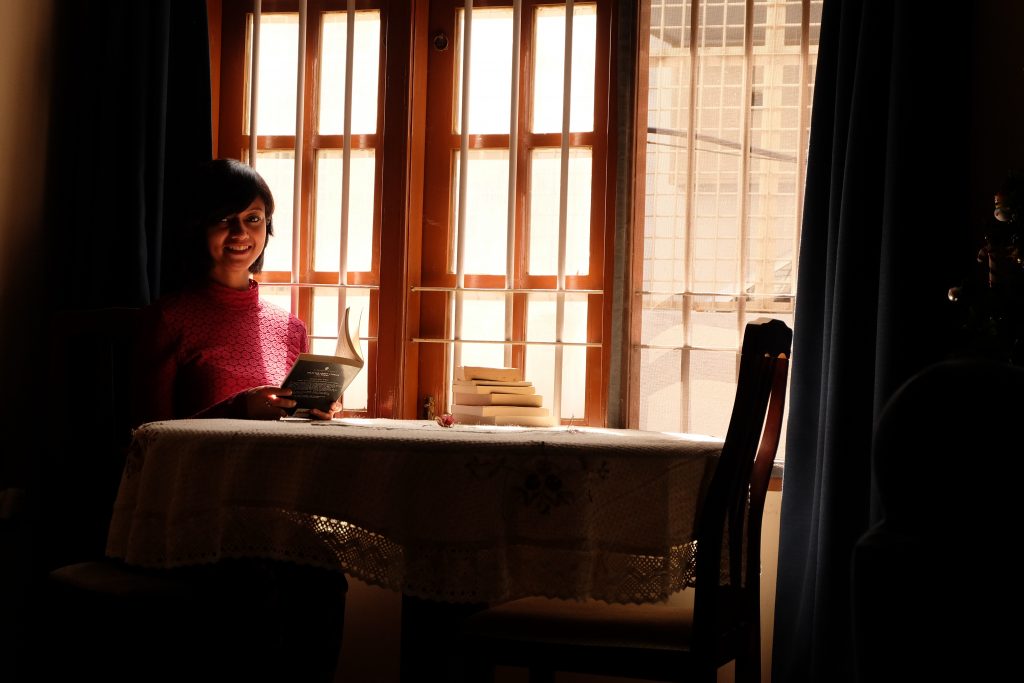
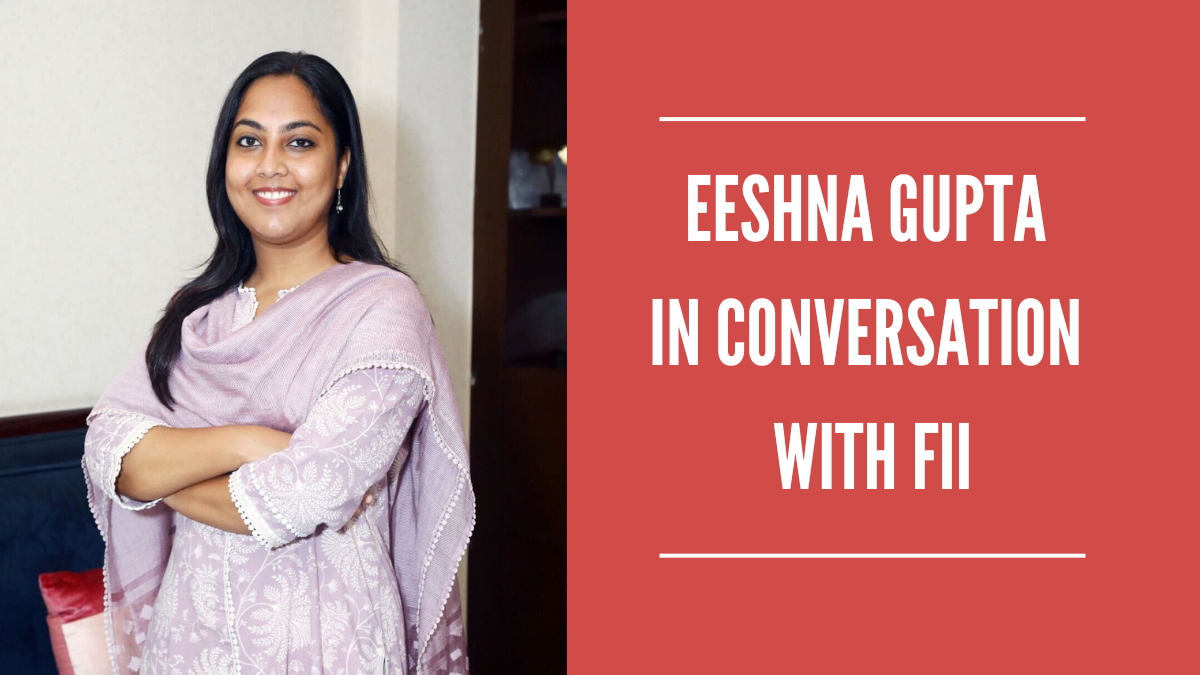

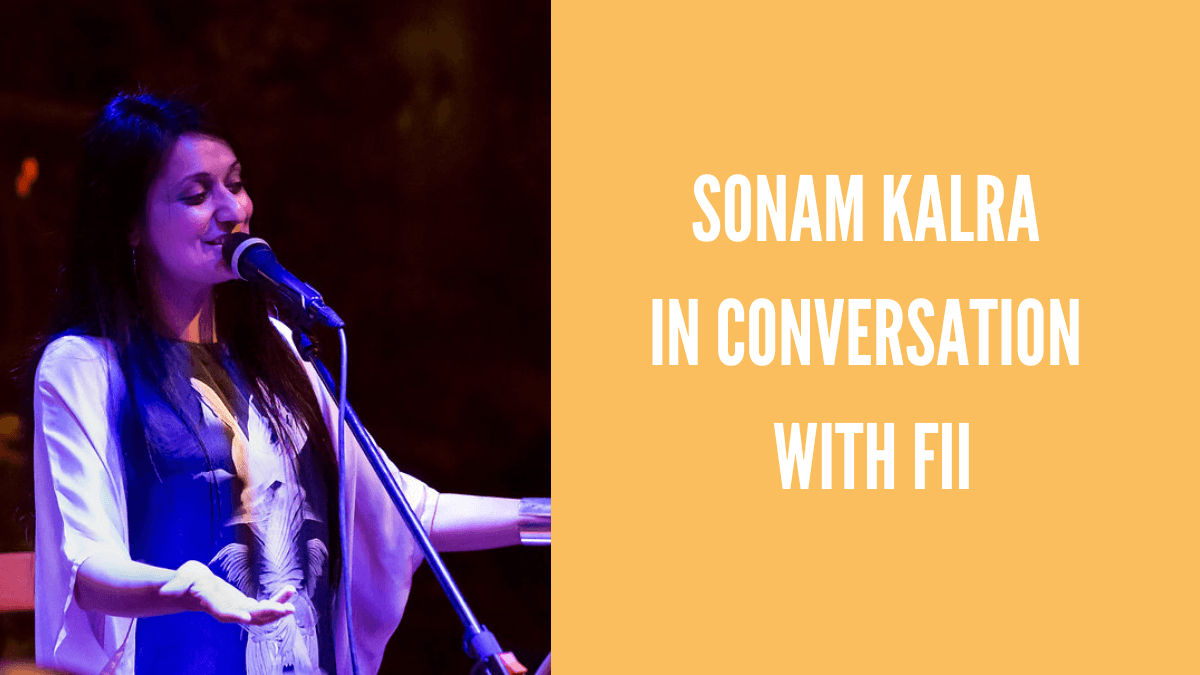

Many congratulations to all of you who have painstakingly come out with 6 issues of your magazine. I , for one ; particularly liked the idea of one every quarter. By doing so, you will be a class apart and very unique.
Most people are quite sick of weeklies, fortnightly n monthly issues. There is no space to showcase or treasure them.
I am also glad that you guys are focusing on art , culture n literature.
My best to all of you n looking forward to hearing more in the coming years.